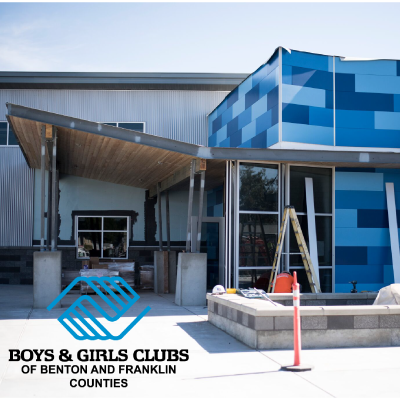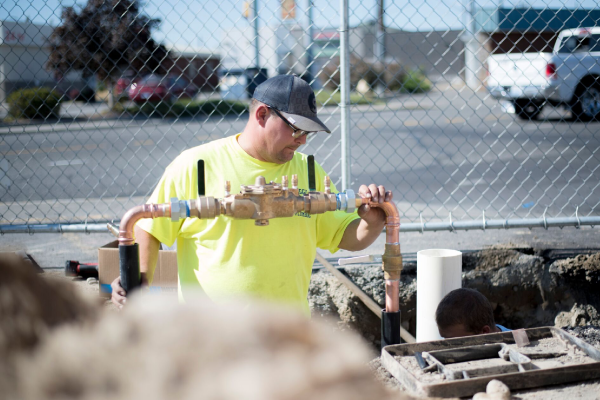It’s not too early to start considering an offensive plan to keep your pipes warm during our Tri-Cities Winter Months. In fact, it maybe a little bit milder than expected…but that didn’t stop it from pouring in in the later months of the year.
Kennewick, Washington winter production and weather forecast by Accucheck
In the article: “How To Winterize Your Pipes” by The Balance Small Business they make some recommendations we would also make!
Here are some of them below, rad the full article above:
How to Prevent Freezing Pipes
If you have enough time to check the conditions of the building’s plumbing, identify the pipes most vulnerable to freezing. Look for pipes located outside walls and windows, uninsulated pipes, and pipes installed near unheated spaces. It is also important to check for any cracks or openings in walls, floors, and ceilings. If you find holes during your inspection, caulk them to keep cold air from entering those gaps.
- Insulate pipes with insulation sleeves, wrapping or using slip-on foam pipe insulation. Do not leave any gaps without insulation as cold air can affect the pipe in these spaces. Plastic piping is more tolerant of freezing than old copper or steel water pipes.
- Inspect the exterior of the property, making sure that all visible cracks are sealed. Cold air can enter through the cracks and, once inside, it will cause your pipe to freeze. If visible cracks are noticed, seal them using caulking or spray foam to fill the voids.
- Maintain a heating source inside the building to protect pipes against cold.
- It is a good idea to maintain a faucet dripping, allowing the water to move freely and continuously, preventing it from freezing.
- Make sure the crawl space is properly insulated. Block all vents that lead to the outside using cardboard or wood.
- Don’t forget the hose bibs. Hose bibs are normally left unattended, causing them to burst in the middle of the night. Drain hose bibs and insulate with covers. Once this has been completed, deactivate bibs at the shutoff valve.
- Use heat tape to protect pipes from freezing. Heat tape is one of the preferred methods for winterizing plumbing, but be aware that these might bring additional hazards. The U.S. CPSC has provided safety recommendations for homeowners using heat tapes to help prevent fires.”
Have any questions about plumbing services or need some advice from one of our licensed plumbers? Feel free to call us 509.735.3916


